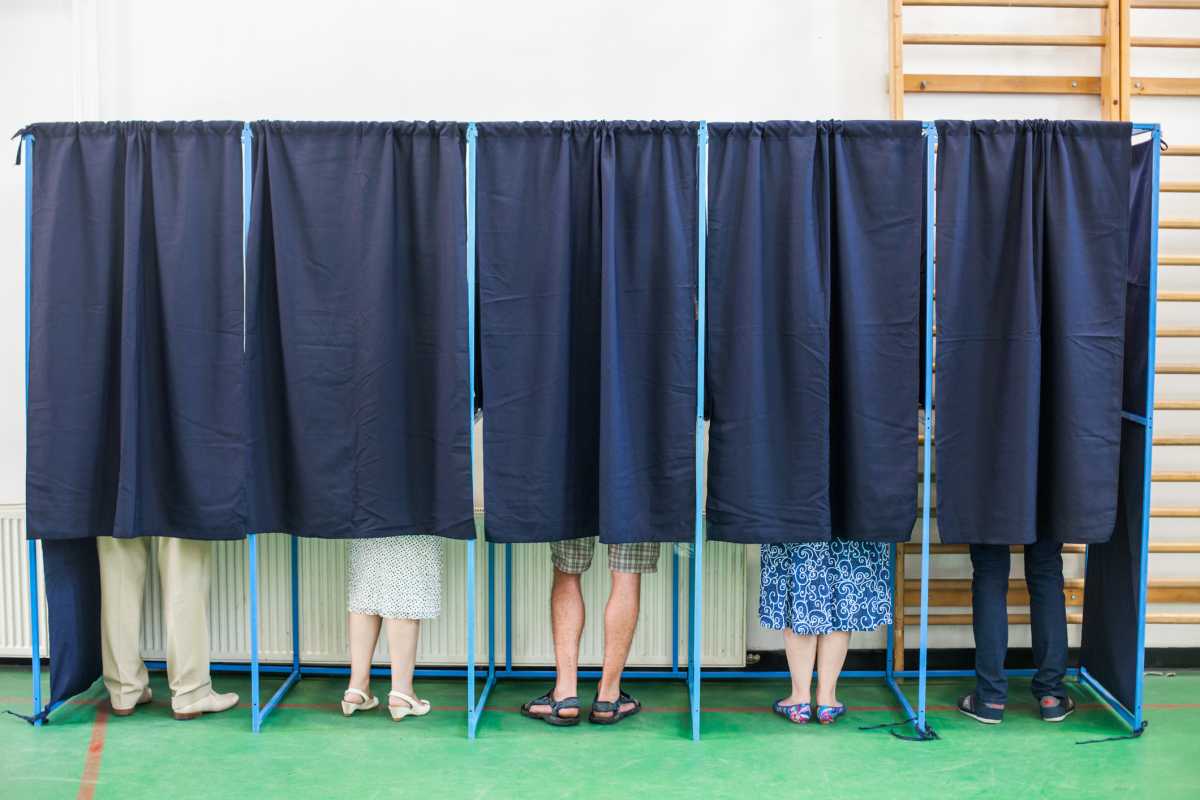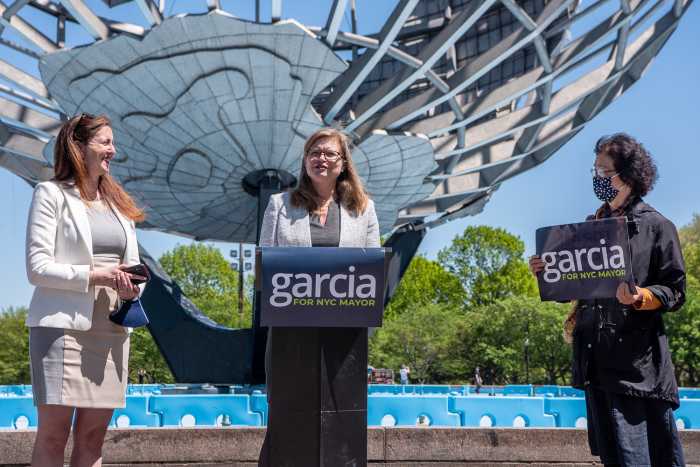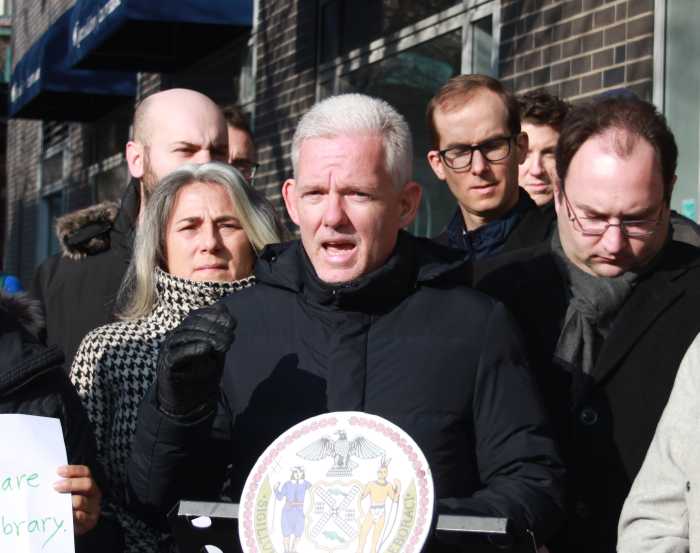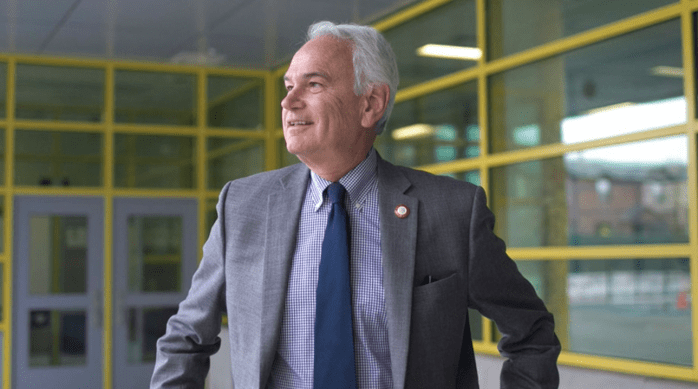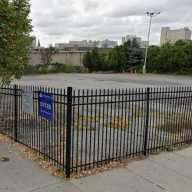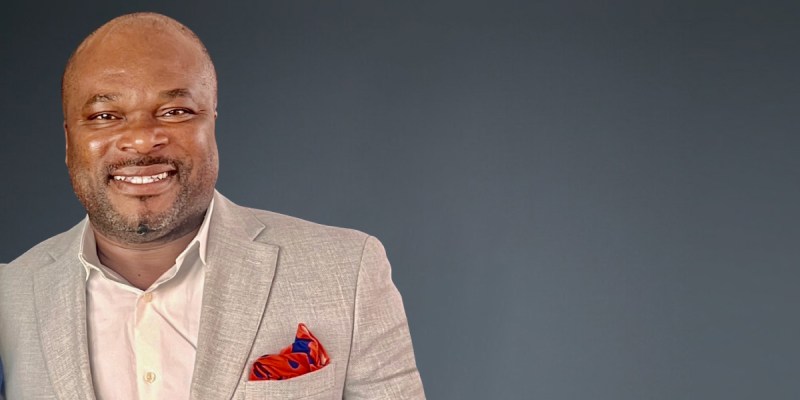Ranked choice voting has arrived at the voting booth, fulfilling the wishes of nearly 75% of New York City voters who approved it in a ballot measure in the 2019 general election.
This June, when voting starts in the Primary Election, the real test begins. How smoothly will New Yorkers adapt to a new system? What are the advantages? To get answers, we spoke to Allie Swatek, director of policy and research at the New York City Campaign Finance Board.

What is ranked choice voting?
Allie Swatek: Instead of casting a ballot for just one candidate, voters now “rank” their choices. If five candidates are running, for example, you mark your preferences from first to fifth. In other words, the candidate you like the most, you rank them first. If you like a candidate but you don’t like them the most, rank them second, and so on.
How is a winner determined?
If a candidate receives over 50% of first choice votes, they are declared the winner. If no one receives 50% or more of first choice votes, that’s when the ranked choice counting process begins.
What is the ranked choice counting process?
If no candidate receives more than 50% of first choice votes, the candidate who finished last is eliminated and the votes are recounted. If you ranked the eliminated candidate as your first choice, your vote moves to the second choice that you ranked on your ballot. This counting process continues, with the last-place candidate being eliminated and their votes going to each voter’s next-choice candidate, until one candidate receives more than 50% of the vote. They’re declared the winner.
If I rank someone second, will it hurt my first choice?
Nope. There’s no way to harm your first choice if you’re ranking a second, third or fourth person — because your ballot only moves to your second choice, if your first choice has lost and been eliminated.
How is ranked choice different from regular voting?
The way that our old system, plurality voting, worked is you don’t need to get over 50% to win. The person who has the greatest amount of support is the winner, even if it’s only 35% of voters. There’s no threshold that you need to pass.
Is ranked choice a better system?
It’s a better way to really understand and reflect what the majority of voters want. In our current system, there are a lot of people who haven’t voted for the winner. In ranked choice voting, you can participate in choosing the winner even if you don’t rank them first. Studies have shown that people feel better about the outcomes of elections if the person who’s elected is someone that they like and if they helped elect them. Maybe they’re not your favorite, but they’re less likely to be your last choice.
What other changes might voters see as a result of ranked choice?
With ranked choice, candidates ask voters not only for their first choice but also their second, third, fourth and fifth. As a result, they don’t turn negative as frequently as they might in a plurality election where they’re just asking for someone’s first choice vote, appealing to their base only. There’s also been cases where candidates have formed coalitions, asking voters for their first choice but vote for so-and-so second.
Is ranked choice voting here to stay?
Yes, it’s part of New York City law now. The Charter Revision Commission put ranked choice voting on the ballot, and voters in the 2019 general election voted overwhelmingly in favor of it, almost 75%. Once the voters voted for that ballot proposal, and it passed, it became a permanent part of the City Charter.
How do you feel personally about ranked choice voting?
I’m excited. This is the first time we’re doing it, so even though I’ve been talking about ranked choice voting all year, when I go to the polling site and use it for the first time, it’s going to be new for me too.
Before you go to the polls this June (early voting starts June 12, and Primary Election Day is June 22), check out the debates between candidates: voting.nyc/debates
To learn more about ranked choice voting, watch this video here:

